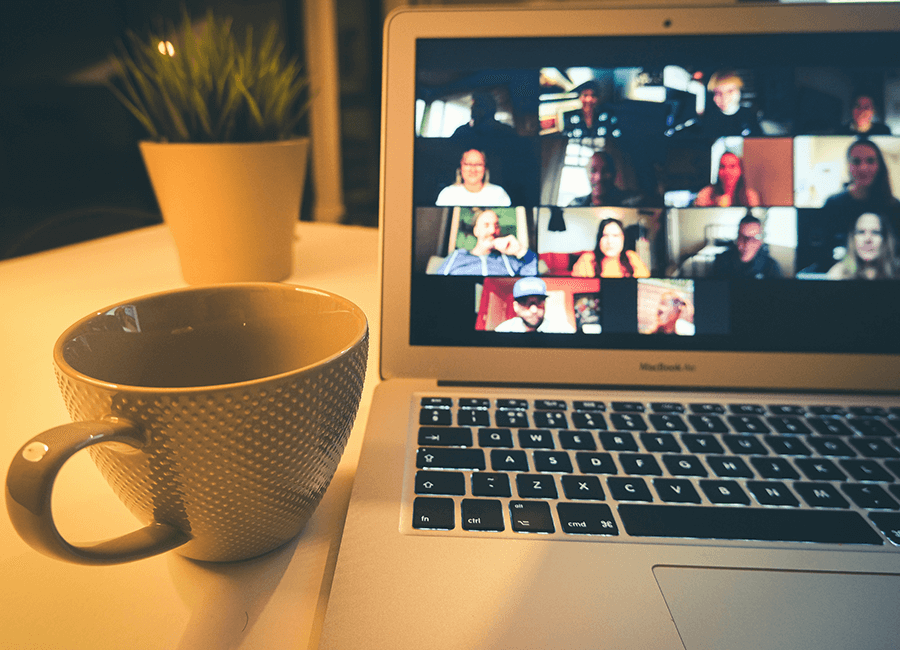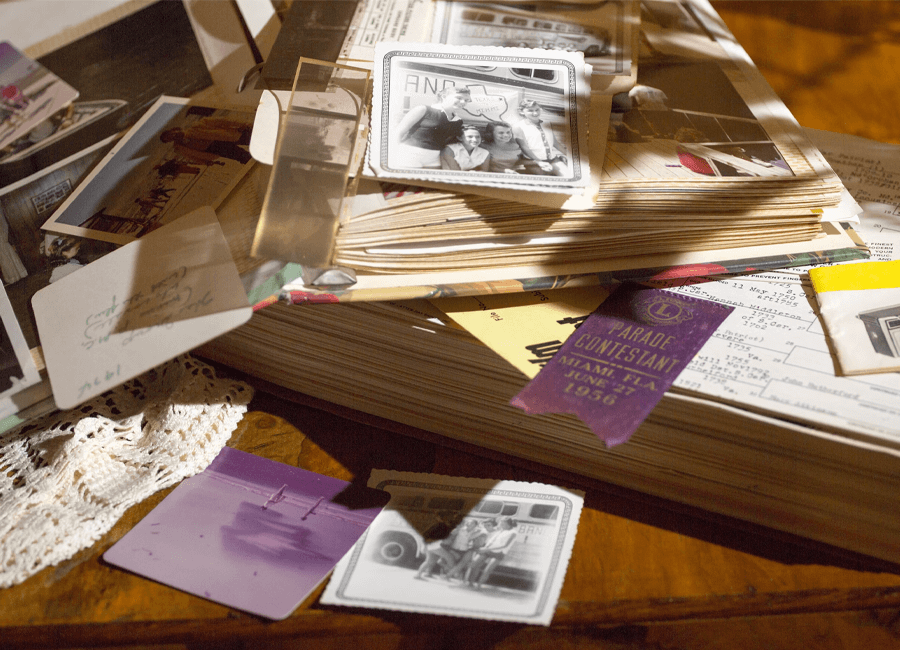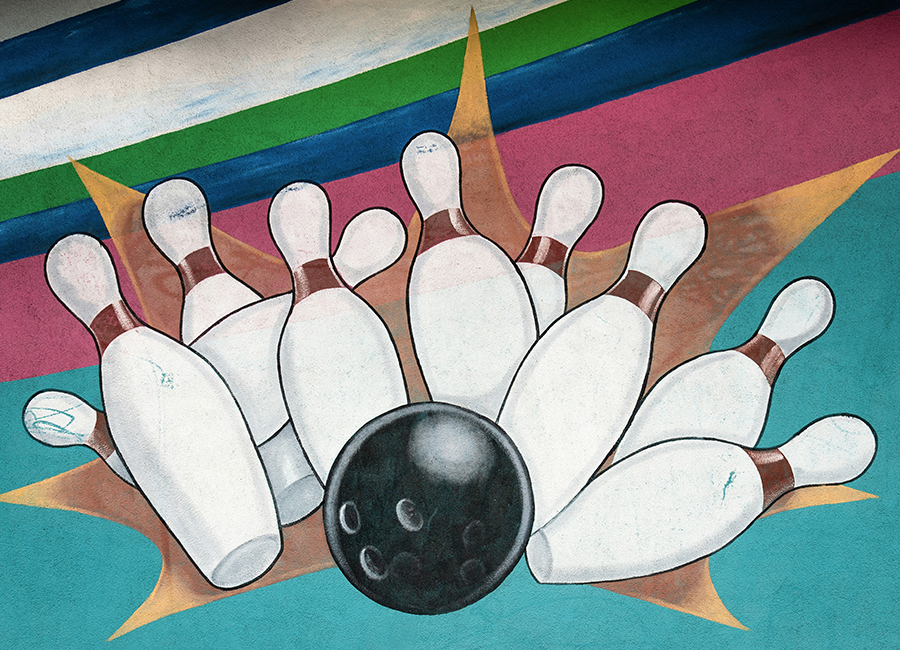Dear Surveys, for a long time now, I have felt that something is amiss in our relationship. A nagging doubt that somehow things have moved on, but we have not adapted as much we could. In a way, our relationship has traded on our deep and long-lasting shared history, our shared moments of success. I have enjoyed everything we have achieved. We have been together for so long now and we have achieved so much. I love the numbers, the promise of certainty and the ‘public face’ of our relationship. I have always been there, a keen ally and staunch believer in you, in “us”.
I have always liked what we achieve together, the symbiotic nature of our goals, the structure and order that you give; it is that certainty in life that we all crave and you give me that - and then some! I just love the reaction people always gave to the numbers!
But the world has moved on. Without doubt, I don’t think it’s just me. I have heard other people whisper and snigger behind our backs, talking about how that relationship is past its best. They talk about the struggle to find quality, the feeling that not all numbers are equal and that others dis-engage too easily. There are simple things that we can – and need to do – to adapt and change to the modern world. So why do you struggle to change? What is your reluctance to accept that things have moved on?
| Tweet This | |
| Dear Survey, we could be great together! So why do you refuse to change with the times? If you could only try, our future would be limitless. |
As the world has changed, we need to realise that people need us all of the time, not just occasionally and that in the changed world other friends of ours are continuous, they are ever-present and updating in real-time, so for us to stay relevant we have to change too. Let’s embrace lots of small surveys and questions and not try to leave everything to build up into one long survey. I think we will then find it easier to engage with others and feel happier too.
Communication styles have also changed and moved on, but you have stubbornly held on to traditional methods. I recognise the moments where you’ve tried, but ultimately it’s all too easy to slip back into our ‘old ways’ again. And yet communication is so key to what we do, so let’s take a look at how we can adapt. We need to simplify the language we use, improve the presentation of our questions and make some of them a little more, ‘modern’, shall we say? Part of this comes back to length and the need to ask shorter, fewer questions at the time when they are needed and strip back that complexity. But also, we need to think about that interface we use to communicate with others.
There are so many new ways to use technology that make us better communicators. And yet, we too, slip back into the old ways of asking questions; offering so many choices, presenting complex choice grids. We should be mindful of the places that we interact with people; the context of those situations and whether there are smarter, neater, smaller, more natural ways of communicating with them. For one, we should embrace more use of visual languages and drag-and-drop interfaces, but I know I am as guilty here as you. Too often, I take the quick and easy way of writing questions and I don’t take the time to re-think into a smarter more visual way, or I rush and don’t look back and test to see how it will come across to different people in different places.
However, you are guilty, too, of not changing to help me. Working together would make it easier for me to do this. For too many nights, I have struggled with the way I have to bend to your rules and your ways of communication. That ridged linear list of questions, that hard-to-fathom language or so-called ‘logic’, and the difficulties of trying to work out why you aren’t happy. My wish is that we could communicate with each other in a more visual manner so that I spend less time tying myself into knots in the logic and can instead spend more time make the questions look neater and present better. I know I can be better, but I need your help in making me so. There are better ways for us to interface.
I also have to admit that I have had a dalliance, is what I think you’d call it, with a neighbour and close friend, Qualitative Research. You know that I have, for many years, admired them for their ability to make order out of seemingly complex situations. They have always been able to ‘cut through’ and make something powerful as a result. A deep, thoughtful and emotional connection I guess is what you’d call it. You have to admit that it is a good feeling when we have dealt with cold, hard, numbers for so long.
Why am I saying this now, I hear you ask? Well, the world is moving on. Technology is blurring the lines, and we are no longer forced to make decisions between one approach or the other. I know there are those that still encourage us to pick one path or the other, but I truly believe that we can embrace the qual as much as the survey. And now we can! We really can!
I know that long ago we did add the ‘verbatim question’ and it did help for a while. It seemed appease me and keep me happy. But in truth does it really change the dynamic that much? I don’t think I ever did that much with that output anyway. The new world is all about video and connection; the connection of seeing people is so human after all. And technology is enabling that. So, I ask that we, too, embrace this new collaborative method and add it into our repertoire. I know your concern is that it undermines and distracts from the ‘the real business’ of the numbers; but actually, each works together so well. The facts confirm what people know or help people make that decision, but it is the emotion that compels them to act, that visual connection with the end user that means they can’t avoid the truth behind the facts that you give.
I hope you are not too upset with my tone, because I do truly believe that with these three changes we have a brighter future together. In fact, we can build a family out of this; one that is numbers and emotion together, all in one place.


















